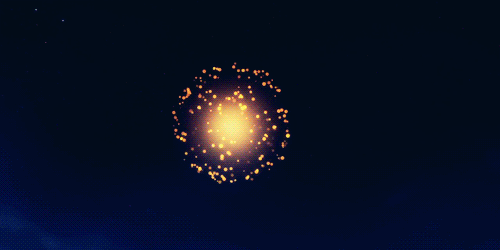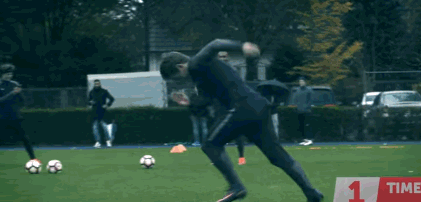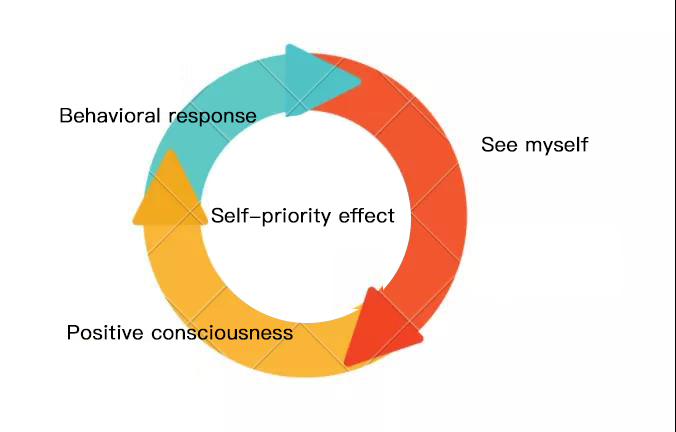
Have you ever found that when your photos are mixed with those of others, you can always find yourself at a glance.
In the photos of various collective activities, on the photo wall of the company, and in the videos accidentally taken by others.

Recently, scientists have found that when people “accidentally” see themselves, the brain releases dopamine.
Brain: It’s me!
The test involved 22 volunteers who were photographed at the same angle before the test.
The staff scrambled the 22 photos and randomly played them to the volunteers.
However, the playback speed of these photos is very fast, and the residence time of each photo is less than 0.2 seconds. You know, people can’t recognize the faces in these photos in such a short time. At most, they can only see a vague and fleeting shadow.
However, scientists were pleasantly surprised to find that when these volunteers flashed their photos in front of them, the reward mechanism of dopamine in the brain was activated!

Yes, it’s the dopamine that makes you happy!
Dopamine in the brain needs to complete “release acceptance” to complete the reward mechanism.
When your brain inadvertently sees itself, it will shout “it’s me!” and release dopamine. When you see others, you won’t.
After dopamine is released in the ventral tegmental area (VTA) of the midbrain, it runs all the way to the receiver, that is, the prefrontal cortex (VPC), and when it reaches the destination, “Dong!” rings the receiver.

However, the dopamine released by this behavior will not make you jump three feet high. At most, it may just make the brain realize that there is a situation here, allocate more attention, and then find out, “it’s me!”
Brain information processing mechanism: self priority
Seeing here, some people may think, what about the people around me? What about those friends and relatives who bow their heads and don’t look up? What about my closest lover? We can recognize their faces quickly!
Unfortunately, the experiment found that even the people closest to us still give priority to our own information. Our identification of our own information is always the fastest and most accurate.
This phenomenon is called “self priority effect”.

The self priority effect is like a cycle
When we recognize our face, it activates our positive consciousness of “it’s me!” and drives some physical expressions, such as surprise, or telling others, “look, I’m there!”
Such performance will further strengthen this self advantage effect, that is, it will be identified faster and more accurately next time.

Comments